Product Design Engineering (PDE) Program and Perspectives of Engineering on Design thinking and engineering
Product Design Engineering (PDE) Program in BINUS ASO School of Engineering (BASE) on Design thinking and engineering provides its student with holistic approaches for their future career and entrepreneurship. The idea that engineering-led product and service design can lead companies into problems (problems design-led companies tend to avoid) isn’t new. Quite the reverse, in fact. It’s old. That’s because it’s a reflection of deep rooted, cultural differences between the disciplines of design and engineering. Today, as design-led brands dominate the digitized modern economy and the engineering giants of 20th Century manufacturing struggle to keep up, this ebb and flow of market forces expresses a cultural divide of profound importance to the future of the global economy.
Source: https://www.sutherlandlabs.com/blog/design-thinking-engineering-complementary-disciplines-different-cultures/
The idea that engineering-led product and service design can lead companies into problems (problems design-led companies tend to avoid) isn’t new. Quite the reverse, in fact. It’s old. That’s because it’s a reflection of deep rooted, cultural differences between the disciplines of design and engineering. Today, as design-led brands dominate the digitized modern economy and the engineering giants of 20th Century manufacturing struggle to keep up, this ebb and flow of market forces expresses a cultural divide of profound importance to the future of the global economy.

Where engineering aims for perfection, design values imperfection.
The classic engineering mindset is expressed by the Japanese word ‘kaizen’, meaning (roughly translated) “continuous improvement’. This was the design philosophy that reconstructed post-war Japanese engineering giants like Toyota, Honda and Nissan. The premise is sound: Continually monitor and improve every process from the shop floor to the CEO’s desk. In product design, kaizen drove the trend towards making things smaller, more efficient and more reliable. But kaizen is an after-the-fact process. It produces better products for the next customer, not the one you just lost because the product wasn’t up to scratch. In a world where consumers churn through brands in a highly competitive digital marketplace, kaizen doesn’t cut it.
Design thinking is a process guided by the realization we don’t always know what we want, or use things the way we’re supposed to.
There’s possibly a deeper, regional cultural heritage expressed through kaizen. As any anthropologist will tell you, despite the myriad social complexities inherent in all cultures, in engineering powerhouses like South Korea, China and Japan, there is a tendency towards social formality and more clearly defined social hierarchies than the multicultural melting pots of Europe and America. Could that difference in social norms come through in business culture too? After all, engineering culture is generally more hierarchical and formal than design culture, and engineering-led brands are often associated with the East, while Silicon Valley is in the West. It’s an intriguing question.
Design thinking, by contrast, is not the pursuit of kaizen perfection, it’s geared-up around human imperfection. It’s a process guided by the realization we don’t always know what we want, or use things the way we’re supposed to. Children demonstrate this is all the time. As every parent knows, when they buy a baby a toy they’ll often play with the box it came in. The adult sees the toy and the box, the child sees two toys. Understanding a child’s inability to distinguish between the implied purpose of packaging and products is the essence of design thinking. (I’m reminded of that Einstein quote: “Play is the highest form of research”).
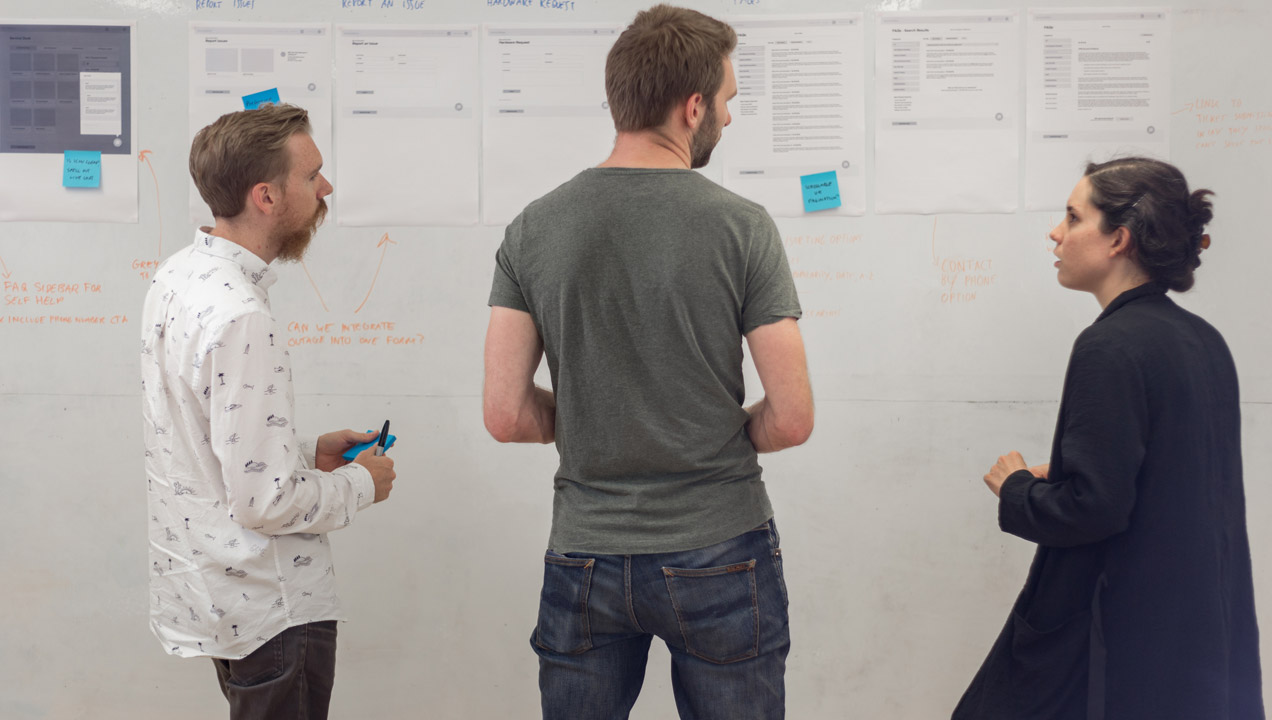
Design thinking, unlike traditional engineering, is collaborative. The word ‘collaborative’ is perhaps a little misleading in this context because it implies the user knows they’re collaborating in the design process, but that’s not always the case. Studying user behavior and customer journeys, then using that research insight to inform your design choices is a form of collaboration. It’s putting the user into the process, but not necessarily asking them to participate in making product development decisions.
Collaborative design, like kaizen, has a regional cultural context that influenced its evolution. The European tradition of The Thing – the ancient community gatherings common to the Germanic peoples of Scandinavia and Northern Europe – was an early form of collaborative problem solving. These gatherings didn’t invite the everyday folk to make decisions but they provided tribal leaders with a chance to take the views and experiences of their community into account, and affect their decision making processes. Similar ‘public consultations’ were common to community gatherings for Native American tribes too.
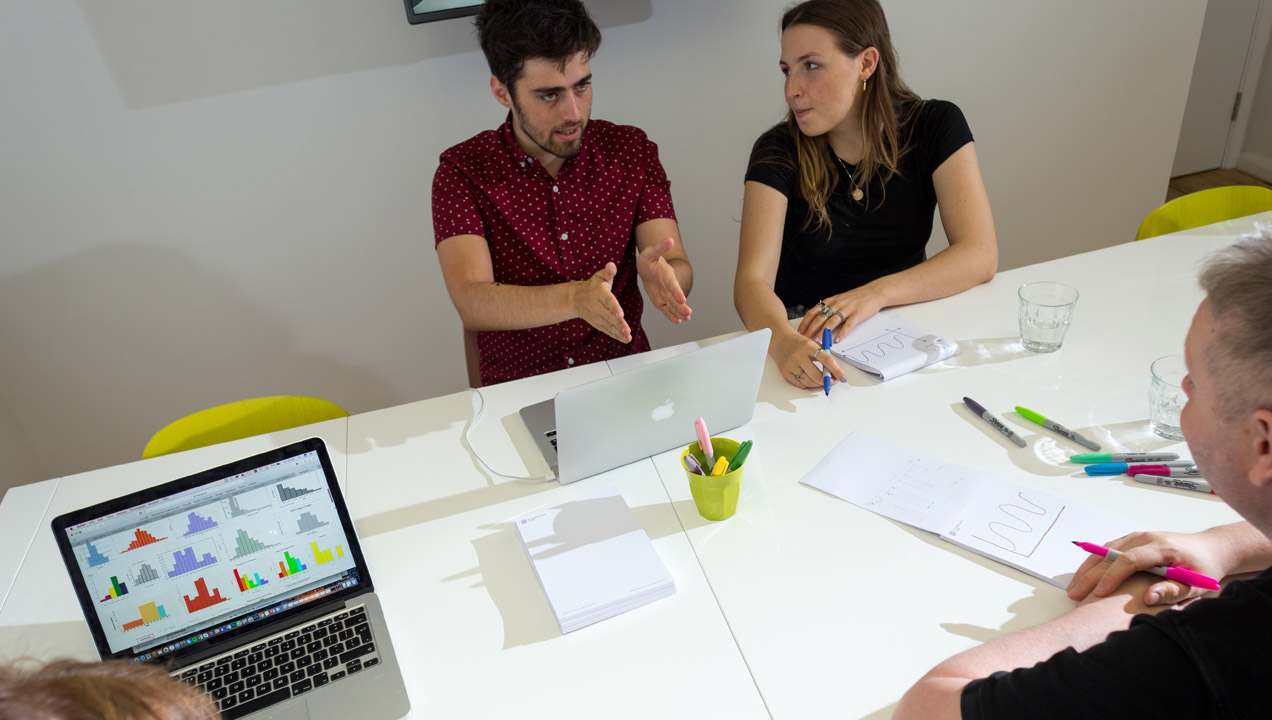
Historically, the evolution of social structures in the West were more ‘collaborative’, and influenced more design-led commerce in the industrial age. Similarly, the more hierarchical traditions of the East favored more formal, engineering-led commercial evolution. This could explain why today, many global brands design in the West, but manufacture in the East.
The philosophy-culture problem: Perfection can’t adapt to disruption.
Let me offer an example of the market effects of the design-engineering cultural divide from my own experience. There was a time (way too long ago) when all I wanted was the next Sony Walkman, because the next one was always better than the last one. The next one was always smaller, lighter, more efficient, and had more features listed on the box. Radio, FM, AM, Dolby, Metal, fast forward track search, the feature list grew longer, the box got bigger, the kit got smaller. And then MP3 arrived. And the Zune. And the iPod. And I didn’t want the next Walkman anymore.
Tapes became the walking dead overnight when digital arrived. Kaizen couldn’t save the tape player. The Walkman engineers tried to convert the product to play CDs, but they lacked the functionality of playlists (the MP3 equivalent of mix tapes) and relied on the inconvenience of carrying CDs around with you. By the time the MP3 Walkman reached the marketplace it was too late, the digital music player market was already dominated by Apple and other digital music player OEMs. The Walkman’s kaizen product development cycle couldn’t handle the step change of digital music.
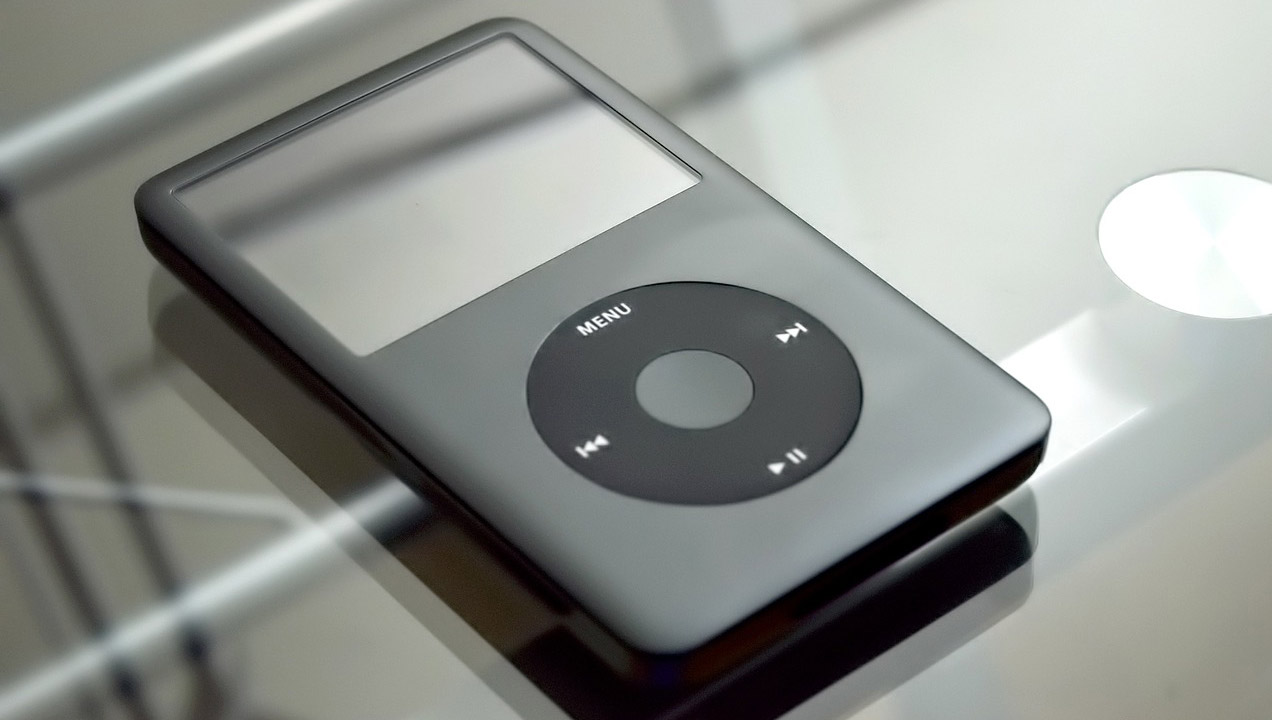
The moves Apple made – launching the iPod and building a marketplace like iTunes to simplify the piracy-wracked digital music market – were pure design thinking. As were their adverts, which changed the way brands advertised electronics by talking about lifestyle, not tech. Packaging changed too, breaking the traditional mould of a plastic window box with 1000 tiny words on the back. Apple disrupted the consumer electronics market through leveraging human behavior and customer experience, not the pursuit of technical excellence.
When engineers adopt design thinking, the impact is huge.
Consider engineering pioneers like Henry Ford and Steve Jobs, both of whom brought a collaborative design philosophy to the engineering party. It’s important to note that neither of them were fans of focus groups, but that’s not what collaborative design is, that’s what Hollywood movie producers do when they wreck a director’s original cut of a film by showing it to a test audience and change the edit based on the response. Collaborative design is human centric, not designed by the customer. It’s a subtle difference, but a crucial one.
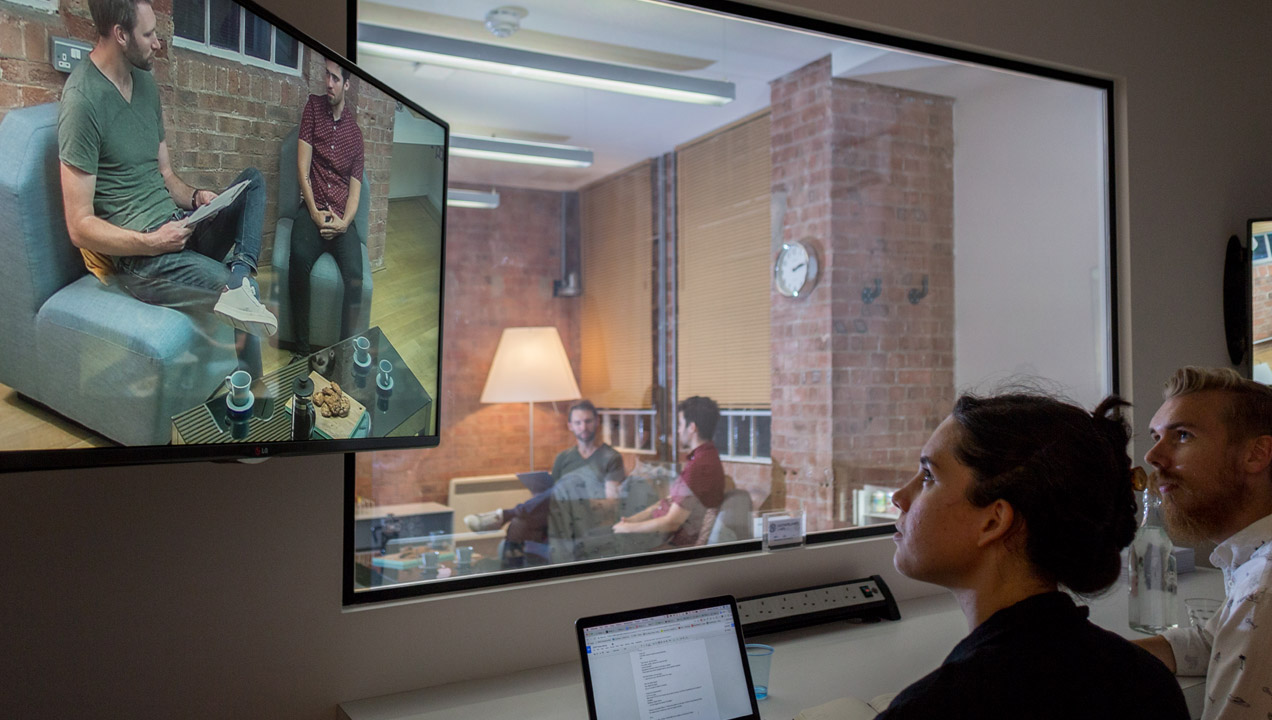
It is also important not to laud these engineers as collaborative design evangelists, because they weren’t. However, they both recognized that product success depends on customer experience as well as engineering. In Ford’s case, the success of the Model-T wasn’t simply down to his simplification of component tech or his innovative production line assembly process, the Ford Motor Company also promoted the lifestyle concept of ‘automobiling’. They created local motoring clubs to encourage car owners to explore the countryside and participate in organized driving activities, which established the product as more than just a transport solution. They designed both the product and the user experience of owning it.
Collaborative design is human centric, not designed by the customer. It’s a subtle difference, but a crucial one.
Notably, Ford didn’t initially offer customers a choice of colors and specifications, they built a product around the customer journey, not the customer’s taste. Like Steve Jobs who decided, when he returned to Apple, that they would scrap the complex model line and make only four computers, a laptop and desktop for home and a similar pairing for work. That’s another example of designing for the customer’s needs, not technical specifications.
Like Ford, Jobs also shifted the product engineering process towards collaborative design by considering the role Apple’s engineering played in people’s lifestyles. After his return to Apple, this human centric approach cast Apple products in a mould more akin to furniture and household appliances than the beige box Apple product range at the time. The new Apple Macs weren’t simply defined by the function of computing, but by the need to be intuitive and aesthetically pleasing.
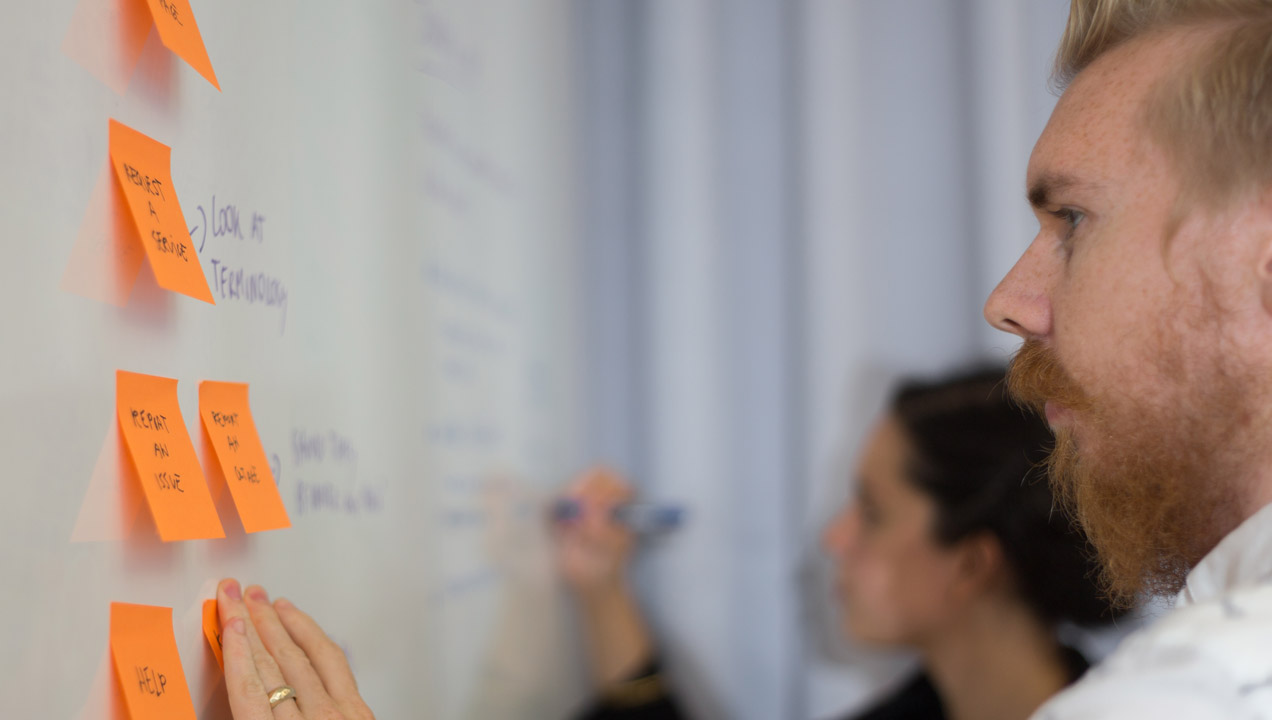
Similarly, Apple designers studied customer behavior to improve their user manuals and discovered they were mostly thrown away with the product packaging or left shrink-wrapped and unused. So the company made a supreme effort to make their software easier to use and obviate the need for manuals in the first place. Again, this was observing customer experience and engineering products accordingly, not assuming because every other product in the category had a manual, manuals were fixed points on the customer journey.
Into the future: Will design-led engineering become the norm?
Striving for perfection is a noble aspiration, but celebrating human imperfection is proving to be a smarter business model.
Of course, it would be rash to ignore the complexities of the globalized economy and make sweeping generalizations about it, but it would also be rash to ignore the impact of different regional design and engineering cultures upon shaping that complexity. And in terms of the digital economy, it has certainly been shaped by the difference between the engineering-led approach of assuming “build it and they will come” and the collaborative design-led approach that says “find out where they go, and build something there.”
If there’s an economic lesson for modern businesses in considering the differences between design and engineering cultures, it’s this: Striving for perfection is a noble aspiration, but celebrating human imperfection is proving to be a smarter business model. Perhaps we’re living through a period where the once separate disciplines of design and engineering are merging. In a world where you can order locally made haggis in Tokyo and drink Japanese whisky in Edinburgh, that feels like a natural – and wholly positive – development.

Comments :